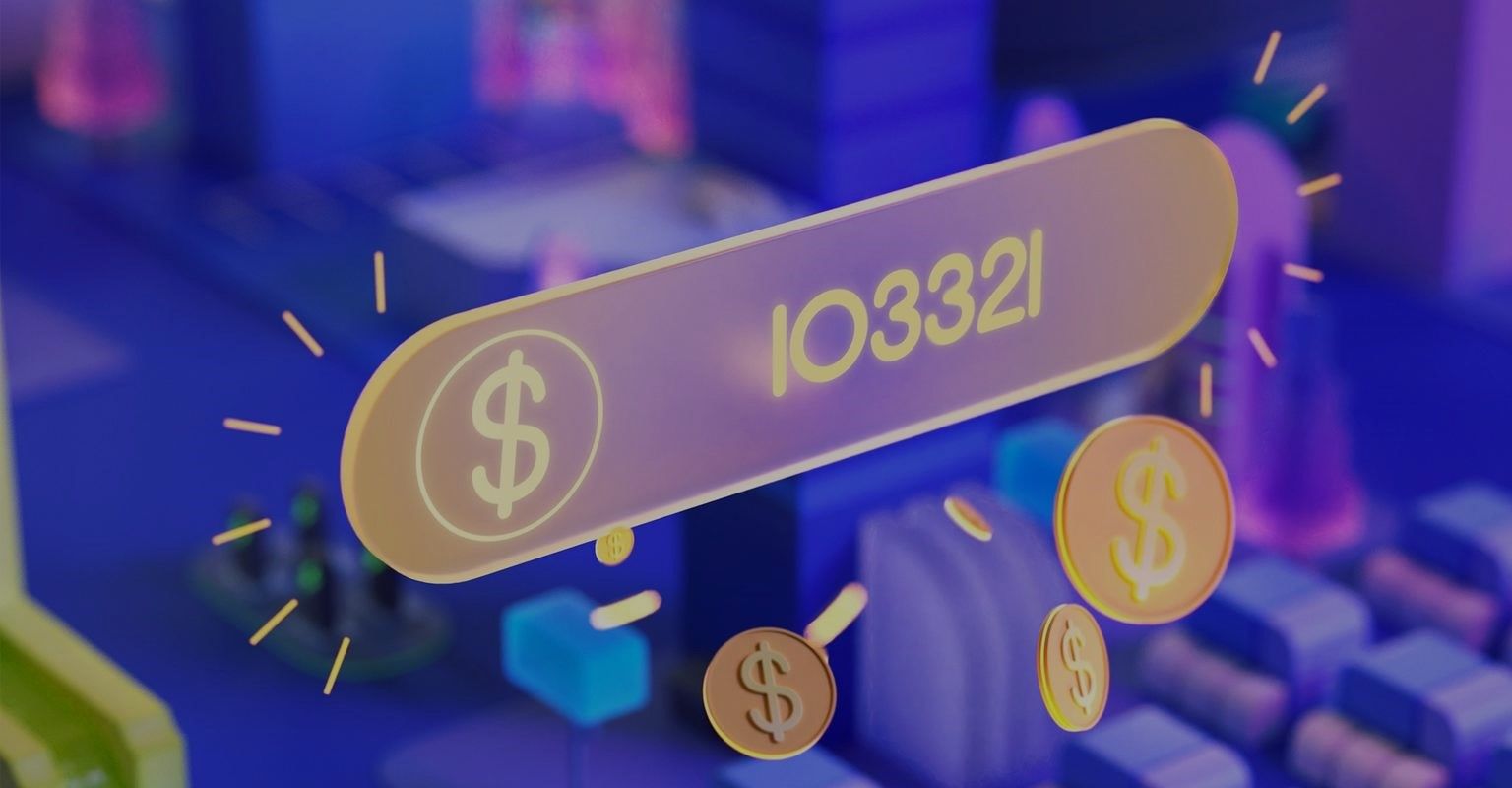
Lorsque vous construisez votre économie en jeu, tenez compte des comportements, des compétences et des styles de jeu des différents joueurs, qui auront tous une incidence sur leur progression dans le jeu.
Dans les jeux gratuits, la plupart des joueurs ne dépensent pas d'argent. Cependant, il est essentiel de garder à l'esprit la minorité qui dépensera.
Vous devez vous assurer que la progression prévue ne permettra pas aux joueurs payants d'épuiser le jeu, tout en ne rendant pas le jeu trop difficile pour les joueurs non payants. L'ajout de fonctionnalités premium et de différents vecteurs de progression peut permettre aux joueurs payants de disposer de plus de ressources pour leur argent.
Vos joueurs seront également différents en termes d'engagement. Certains voudront jouer à votre jeu de manière décontractée, tandis que d'autres seront très engagés et prêts à jouer pendant de longues périodes.
Pour vous assurer que les joueurs très engagés ne passent pas trop vite ou trop facilement à travers votre jeu, vous devez limiter le nombre de sessions de jeu et la durée des sessions. Vous pouvez utiliser des vies et des récompenses périodiques pour encourager ce type de comportement basé sur la session.
Les joueurs ont des motivations très diverses. Certains recherchent l'excitation et l'action, tandis que d'autres seront plus attirés par les éléments sociaux d'un jeu. Certains peuvent être très compétitifs, tandis que d'autres recherchent une expérience immersive.
Comprendre les différents types de joueurs de votre jeu, ainsi que leurs motivations, peut vous aider à concevoir les bonnes sources et les bons puits.
Par exemple, les objets cosmétiques ou les avatars peuvent constituer un puits approprié pour un jeu communautaire. D'un autre côté, si vos joueurs sont motivés par l'accomplissement, les armes ou outils premium peuvent être une meilleure option pour votre puits.

Le graphique ci-dessus représente la progression du joueur, où les sources et les puits sont répartis en fonction du temps passé par le joueur dans le jeu.
Alors que les sources et les puits sont équilibrés, il y a des fluctuations dans le puits. Cela créera des points de douleur et incitera les joueurs à dépenser. Les baisses sont suivies de moments de relâchement, ce qui garantit que les joueurs restent engagés.
Au cours des premières phases de votre jeu, les joueurs doivent non seulement disposer d'argent pour terminer les premiers niveaux en douceur, mais aussi de suffisamment de récompenses pour que l'expérience de la première utilisation soit satisfaisante. Les difficultés doivent être introduites lentement et avec précaution.

La vérité, c'est que vous ne réussirez probablement pas du premier coup. Vous pouvez faire beaucoup d'efforts pour essayer de prédire les comportements de vos joueurs, mais il vous faudra au moins quelques essais. La bonne nouvelle, c'est qu'il est toujours possible de l'optimiser.
Il est important d'effectuer des tests A/B sur différentes variables, car c'est le seul moyen de savoir ce qui fonctionne pour votre monétisation et votre engagement.
Voici quelques-unes des variables que vous pouvez tester A/B lors de la conception de votre économie en jeu :
Une économie de jeu solide va bien au-delà de la monétisation. C'est la force silencieuse qui sous-tend l'engagement des joueurs, et elle peut définir la façon dont les joueurs progressent dans votre jeu. Consultez le premier guide de cette série pour apprendre à construire une économie de jeu qui incite les joueurs à revenir.
L'économie du jeu est le point central de la monétisation, de l'engagement et de la fidélisation des joueurs. Même les économies de jeu les plus complexes sont efficaces parce qu'elles reposent sur des bases solides. Consultez le deuxième guide de cette série pour savoir comment créer une économie équilibrée.

Avec Unity Economy, vous pouvez créer une économie personnalisée dans le jeu et offrir à vos joueurs des achats transparents, la conversion des devises, la gestion de l'inventaire, et plus encore.